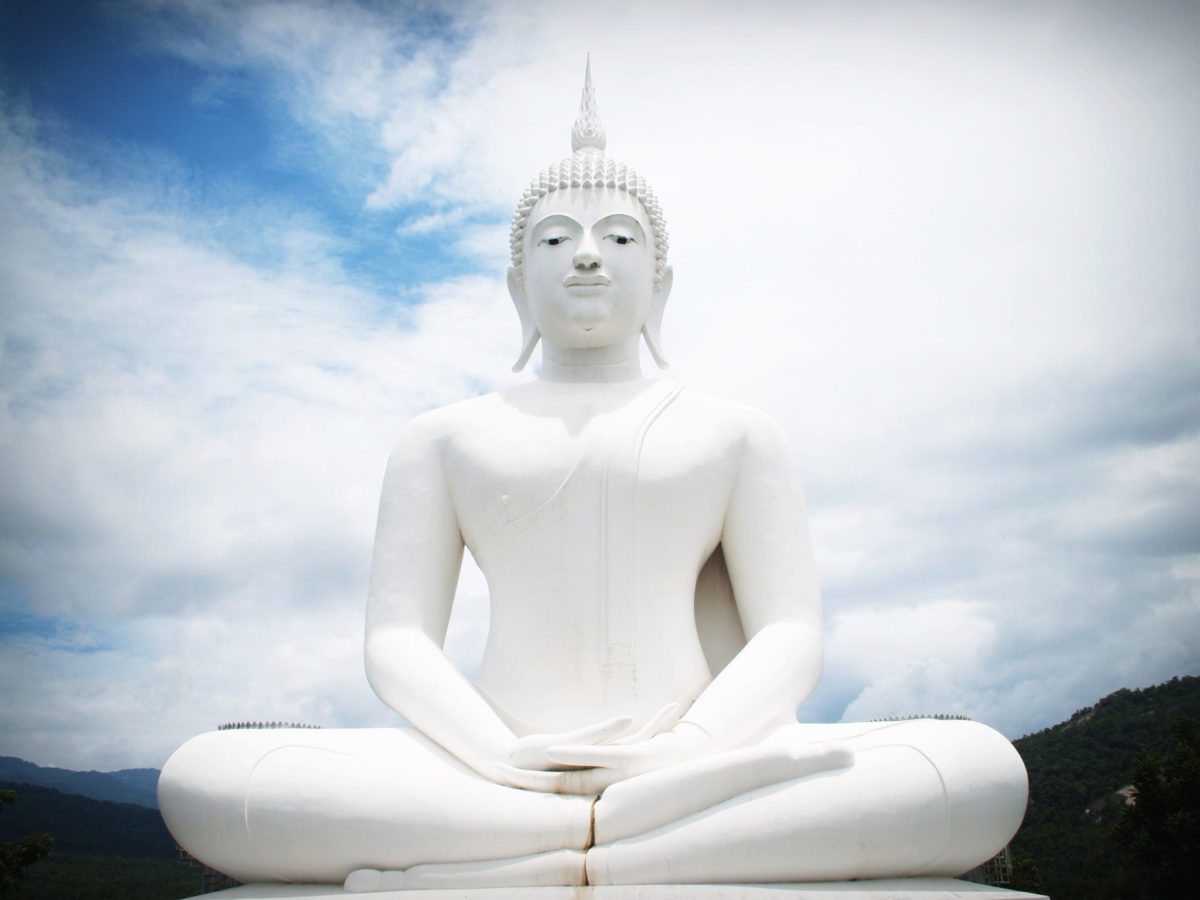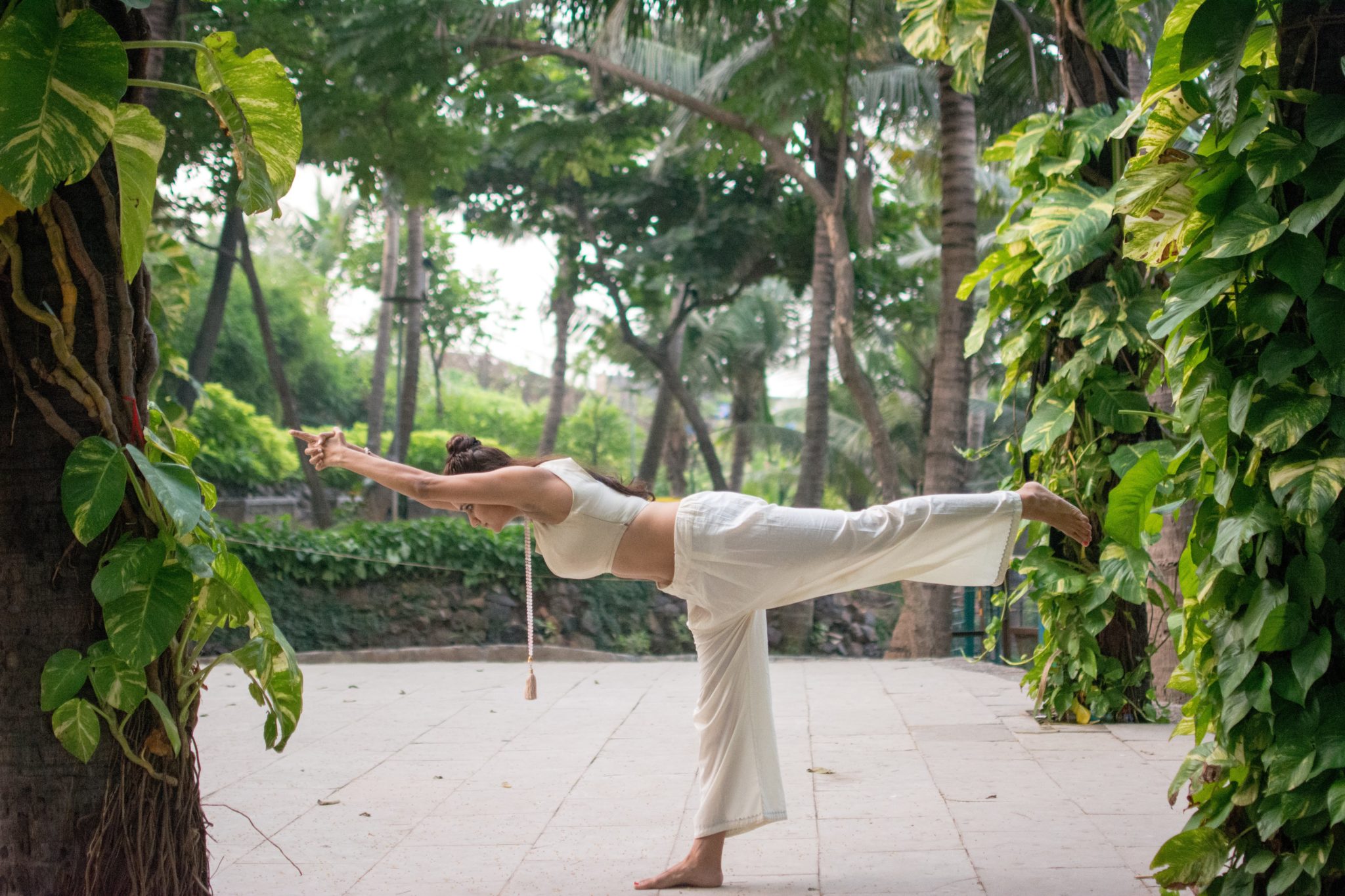In previous articles in this series we have covered the evolution of our unique spine and the operative structure of our nervous system which rests within our spinal column. The importance of spine both spiritually and physically is undisputed by scientists and mystics alike. Many wise men, from Socrates to Hippocrates, have spoken about the importance of Spine and all of modern science continues to implore us to take care of it – we are after all only as young as our spine is healthy. Even the ancients considered the human body sacred, because they understood it as the only available vehicle for spiritual growth that enables us to break out of this material world.
Spiritually, spine is a critical medium for the subtle body as it is the cornerstone of all spiritual development. It is considered a physical embodiment of the mythological mountain, Meru, which is the centre of all physical, non-physical and ethereal worlds just as the human spine is the axis of our individual and spiritual existence. It is said that the primordial energy of the universe resides dormant, coiled like a snake at the base of the spine, in every human being as Kundalini. When awakened, it rises up the spine, piercing the chakras (energy centres on our spine), raising our vibrations and carrying its full power all the way to the summit of our brains. And to enable this metaphysical feat, we need to have a straight spine.
A bent spine is the enemy of realization. In meditation, always hold your spine straight, that the life force may flow through it unobstructed ~ Paramhansa Yogananda
In Yoga, the mind-body communication which is done by the nervous system in physical body happens through Nadis in the subtle body. A Nadi is nothing but a metaphysical concept that is the same as a nerve in the material world. Nerves carry impulses or electric signals, Nadis carry prana or vital energy. Of over 72000 such Nadis in the human body, only 10 are considered important and out of these only 3 are relevant in meditation and out of those 3 – Sushumna Nadi is most important which lies exactly where our spinal column does – it is the passage for Kundalini energy to rise up from the base of our spine to the top of our heads.
In yogic terms, Sushumna Nadi is a subtle reference to the Central Nervous System. The other two important nadis are known as Ida and Pingala and there are different opinions on their correlation with the physical nervous system. Swami Vivekananda referred to these as the sensory and motor aspects whereas Bihar school of Yoga and other yoga studies identifies them with the autonomic nervous system, in which I find merit as well. Thus Ida corresponds to the Parasympathetic (rest and digest functions) and Pingala to the Sympathetic Nervous systems (fight and flight functions) respectively. However the Nadi system is entirely subtle in nature and does not reciprocate the physical system exactly. It instead looks something like this:

This is a picture of the entire human Nadi System as created by an unknown artist, first known to have appeared in David V. Tansley’s book The Subtle Body. While he found the diagram in Tibet it is written in Sanskrit and is said to be of Vedic origins.
This is a very significant piece of art that charts out the subtle neural pathways said to be created by the thousands of Nadis in our subtle body. If you look closely you can see Sushumna at the centre and a stamp of Moon on the left of man and Sun on the right ~ a reference to the Ida and Pingala Nadis.
Ida Nadi flows on the left side of our body and is represented by the breath in the left nostril and likewise Pingala Nadi is the right side and breath from the right nostril. Ida is the lunar principle and governs the operations of the mind, it is cooling and Pingala is the solar principle, it is heat and energy and governs the physical activities.
It is for this reason that ancients often said to sleep when the left nostril was active and to indulge in vigorous activity when right was active. Swami Vishnudevananda even mentions that if the breath flows for too long (>2 hours) from only one nostril without alternating then it is sign of a major illness coming up. If such a breath is flowing from the left it signifies a mental diseases and if from right then a physical disease. However in today’s circumstances this would be mostly speculation as not much is understood about these esoteric sciences.
What we do know definitively is that such imbalance in breath comes from living in extremes or over indulgence or over work. The need for balance has been oft emphasized in both physical and metaphysical cultures, it is no different in Yoga. If we stress too much and our thoughts are out of control that means Ida is overactive, when we are too excitable and over active then Pingala is in charge – what we are aiming for is balance of both at the same frequency.
All Yoga and Pranayama are aimed at balancing both these Nadis so the breath flows evenly through both our nostrils thereby activating the central Nadi called Sushumna. The final union of the three nadis happens in the region between our eyebrows called the Ajna Chakra, from where these united forces go to the highest point on our physical body called Sahasara Chakra; or the thousand petaled lotus in English or the Sahasra Dal Kamal as described by Kabir.
Chakras are like the organs of the subtle body, placed along our physical spine, each with its respective functions that has a direct impact on its physical counterpart. In fact, each of the chakras is inscribed with unique letters from the Sanskrit Alphabet such that all 50 sounds of the Sanskrit script are divided across the 7 chakras. These letters are said to have been identified by the Rishis during deeper stages of meditation when the internal sounds became audible as well as visible to them. Each sound is considered a Beeja mantra or the seed sound, and it is these vibrations that create all other sounds of the universe. For instance, the universal mantra Om is the Beeja mantra (seed sound) for Ajna chakra.
The entire alphabet can be categorized as the 50 symbols of the creation or in the 50 divisions of the chakra system. Each of these sounds can be heard at the respective chakra as progress is made in meditation or as the Kundalini energy rises from its seat. Since each chakra vibrates at certain frequencies, the chanting of the specific Beeja mantras is said to enhance the vibration of that particular chakra. It begs no surprise then that the written script itself is known as ‘Devanagri’ or city of Gods. Since the alphabet is called, Akshara Mala, with ‘Akshara’ meaning that which cannot be destroyed (universal sounds?) and ‘Mala’ perhaps a simple reference to a rosary, every spoken Sanskrit word becomes a combination of root Mantras or divine sounds.
In a paper by Dr. Sampadananda Mishra called ‘Sanskrit a divine language’ he states that the ordering of alphabets itself makes the recitation of the alphabet a form of pranayama. Each alphabet of a group alternates in the way that it is spoken with the first letter spoken using minimal breath (ka) and the next one releases maximum breath (kha). This alternating pattern of breath creates resonance that follows a pattern of contraction and expansion, concentration and meditation till the last letter of the group which requires breath to be released from both the nose and the mouth (ńa). Such is the play of the breath and spine which covers the entire extent of our existence from sensation to thought to the final manifestation as words or action.
Yoga in its simplest interpretation is all about the spine and spinal strength comes from asana (posture) and pranayama (breath). In its esoteric interpretation Yoga means Union – union of right and left, purusha and prakiriti, Sun (Ha) and Moon (Tha) in Hatha Yoga or the union between Ida and Pingala Nadis. When we practice alternate nostril breathing, we are harmonizing our Autonomic nervous system (functions we don’t have control over like heart beat) and when sitting still we are controlling our somatic nervous system (functions we have voluntary control over like walking). When we breathe while sitting still in one posture or asana we are beginning the journey of balancing both with our Central Nervous System.
In hatha Yoga there are no ‘sitting down’ postures. Every Asana is a ‘sit up’ position. Then the energy can flow upwards from the base of our spine. – Swami Gitananda Giri
All forms of Yoga whether it is Bhakti, Jnana, Hatha, Raja, Laya or Kundalini aim for this union. It is said to happen when by various practices the dormant energy at the base of our spine called Kundalini is awakened and rises up through the central channel, our spinal column called Sushumna to release us from the bondage of life and death, to break all our illusions and merge into the universal truth. When the ancients said that the body is our temple and when Patanjali listed down the eight steps of Yoga the goal was simply to help man find the divinity with-in, because God, literally is in our spine.







